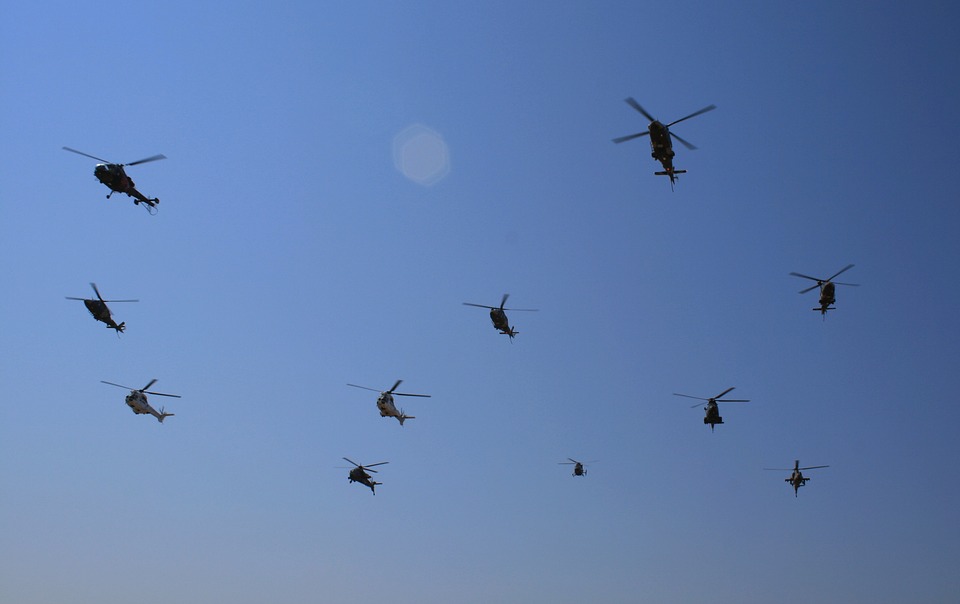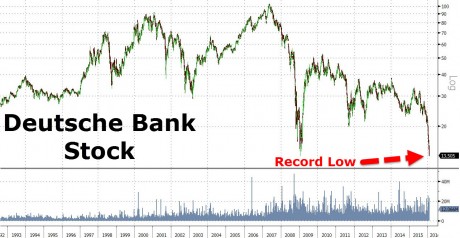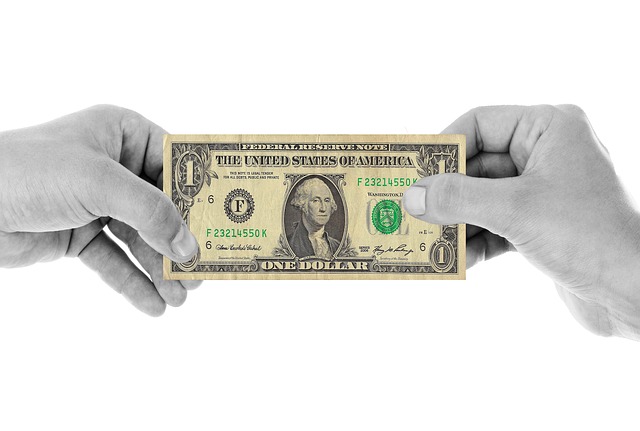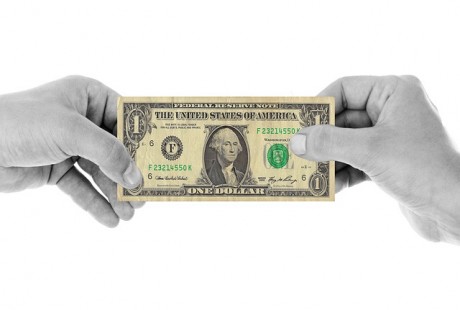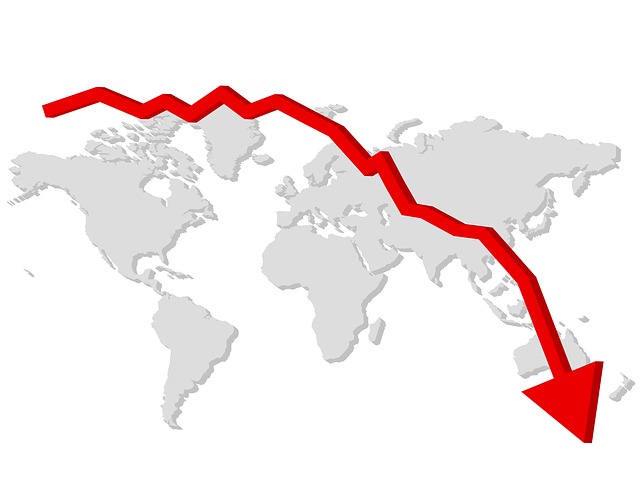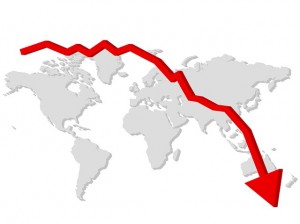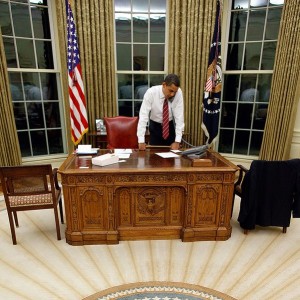 Should central banks create money out of thin air and give it directly to governments and average citizens? If you can believe it, this is now under serious consideration. Since 2008, global central banks have cut interest rates 637 times, they have injected 12.3 trillion dollars into the global financial system through various quantitative easing programs, and we have seen an explosion of government debt unlike anything we have ever witnessed before. But despite these unprecedented measures, the global economy is still deeply struggling. This is particularly true in Japan, in South America, and in Europe. In fact, there are 16 countries in Europe that are experiencing deflation right now. In a desperate attempt to spur economic activity, central banks in Europe and in Japan are playing around with negative interest rates, and so far they seem to only have had a limited effect.
Should central banks create money out of thin air and give it directly to governments and average citizens? If you can believe it, this is now under serious consideration. Since 2008, global central banks have cut interest rates 637 times, they have injected 12.3 trillion dollars into the global financial system through various quantitative easing programs, and we have seen an explosion of government debt unlike anything we have ever witnessed before. But despite these unprecedented measures, the global economy is still deeply struggling. This is particularly true in Japan, in South America, and in Europe. In fact, there are 16 countries in Europe that are experiencing deflation right now. In a desperate attempt to spur economic activity, central banks in Europe and in Japan are playing around with negative interest rates, and so far they seem to only have had a limited effect.
So as they rapidly run out of ammunition, global central bankers are now openly discussing something that might sound kind of crazy. According to the Telegraph, central banks are becoming increasingly open to employing a tactic known as “helicopter money”…
Faced with political intransigence, central bankers are openly talking about the previously unthinkable: “helicopter money”.
A catch-all term, helicopter drops describe the process by which central banks can create money to transfer to the public or private sector to stimulate economic activity and spending.
Long considered one of the last policymaking taboos, debate around the merits of helicopter money has gained traction in recent weeks.
Do you understand what is being said there?
The idea is basically this – central banks would create money out of thin air and would just give it to national governments or ordinary citizens.
So who would decide who gets the money?
Well, they would.
If you are anything like me, this sounds very much like Pandora’s Box being opened.
But this just shows how much of a panic there is among central bankers right now. They know that we are plunging into a new global economic crisis, and they are desperate to find something that will stop it. And if that means printing giant gobs of money and dropping it from helicopters over the countryside, well then that is precisely what they are going to do.
In fact, the chief economist at the European Central Bank is quite adamant about the fact that the ECB can print money out of thin air and “distribute it to people” when the situation calls for it…
ECB chief Mario Draghi has refused to rule out the prospect, saying only that the bank had not yet “discussed” such matters due to their legal and accounting complexity. This week, his chief economist Peter Praet went further in hinting that helicopter drops were part of the ECB’s toolbox.
“All central banks can do it“, said Praet. “You can issue currency and you distribute it to people. The question is, if and when is it opportune to make recourse to that sort of instrument“.
Apparently memories of the Weimar Republic must have faded over in Europe, because this sounds very much like what they tried to do. I don’t know why anyone would ever want to risk going down that road again.
Here in the United States, the Federal Reserve is not openly talking about “helicopter money” just yet, but that is only because the stock market is doing okay for the moment.
Most Americans don’t realize this, but the primary reason why stocks are doing better in the U.S. than in the rest of the world is because of stock buybacks. According to Wolf Richter, corporations spent more than half a trillion dollars buying back their own stocks over the past 12 months…
During the November-January period, 378 of the S&P 500 companies bought back their own shares, according to FactSet. Total buybacks in the quarter rose 5.2% from a year ago, to $136.6 billion. Over the trailing 12 months (TTM), buybacks totaled $568.9 billion.
When corporations buy back their own stocks, that means that they are slowly liquidating themselves. Instead of pouring money into new good ideas, they are just returning money to investors. This is not how a healthy economy should work.
But corporate executives love stock buybacks, because it increases the value of their stock options. And big investors love them too, because they love to see the value of their stock holdings rise.
So we will continue to see big corporations cannibalize themselves, but there are a couple of reasons why this is starting to slow down.
Number one, corporate profits are starting to fall steadily as the economy slows down, so there will be less income to plow into these stock buybacks.
Number two, many corporations have used debt to fund buybacks, but now it is getting tougher for corporations to get new funding as corporate defaults rise.
As stock buybacks slow, this is going to put downward pressure on the market, and we will eventually catch up with the rest of the planet. At this point, many experts are still calling for stocks to fall by another 40, 50 or 60 percent from current levels. For example, the following comes from John Hussman…
From a long-term investment standpoint, the stock market remains obscenely overvalued, with the most historically-reliable measures we identify presently consistent with zero 10-12 year S&P 500 nominal total returns, and negative expected real returns on both horizons.
From a cyclical standpoint, I continue to expect that the completion of the current market cycle will likely take the S&P 500 down by about 40-55% from present levels; an outcome that would not be an outlier or worst-case scenario, but instead a rather run-of-the-mill cycle completion from present valuations. If you are a historically-informed investor who is optimistic enough to reject the idea that the financial markets are forever doomed to extreme valuations and dismal long-term returns, you should be rooting for this cycle to be completed. If you are a passive investor, you should at least align your current exposure with your investment horizon and your tolerance for cyclical risk, which we expect to be similar to what we anticipated in 2000-2002 and 2007-2009.
When the S&P 500 does fall that much eventually, the Federal Reserve will respond with emergency measures.
So yes, we may see “helicopter money” employed in Japan and in Europe first, but we will see it here someday too.
I know that a lot of people out there are feeling pretty good about things for the moment because U.S. stocks have rebounded quite a bit lately. But remember, the fundamental economic numbers just continue to get even worse. Just today we learned that existing home sales in the United States had fallen by the most in six years. That is definitely not a sign that things are “getting better”, and I keep trying to warn people that tumultuous times are dead ahead.
And if global central bankers did not agree with me, they would not be talking about the need for “helicopter money” and other emergency measures.
